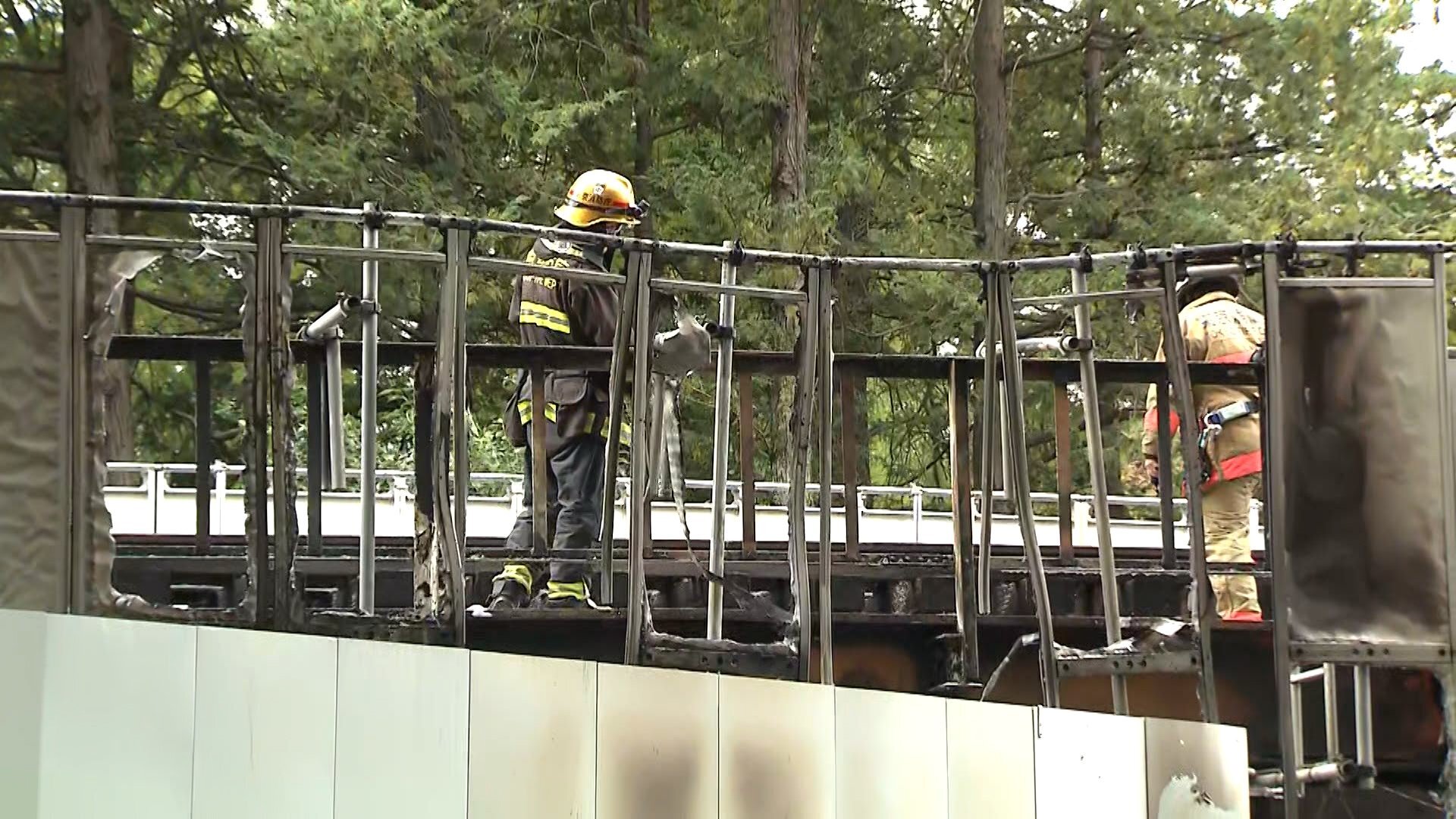
An expansive ancient city has been unearthed in central Asia, shedding light on the area's industrial history and ranking as "one of the most remarkable archaeological discoveries in this region for decades," according to the lead author of a landmark new report on the site.
The report, from researchers at the United Kingdom's Durham University and University College London as well as Kazakhstan's Toraighyrov University, offers the fullest picture to date of what Semiyarka, the "City of Seven Ravines," may have been like in its prime more than 3,500 years ago.
Located on the Kazakh Steppe, a vast grassland that covers northern Kazakhstan and parts of Russia, Semiyarka spanned some 350 acres and is currently the largest known ancient settlement in that region, according to the report. Originating around 1600 B.C.E. during the Bronze Age, the city was among only a few production centers at the time and the first on the Kazakh Steppe now known to have had bronze-producing capabilities.
That's important for understanding the early communities of the steppe region, researchers said, as the archaeological evidence for Semiyarka's well-organized metal economy challenges prior beliefs that such societies did not exist in the area when Semiyarka did. The ancient city, which is called "Seven Ravines" because of its location overlooking multiple valleys, developed during a period where nomadic people began to form permanent or semipermanent settlements.

Researchers previously thought only seminomadic people lived on the Kazakh Steppe at that time. But what they found after years of archaeological exploration of Semiyarka indicates that the site was not only a large-scale metal producer but, potentially, a crucial trading post with regional power. Its size, along with remnants of its manufacturing, "highlight its potential importance for advancing our understanding of regional settlement patterns, social organisation and technology," researchers wrote in their report.
"This is one of the most remarkable archaeological discoveries in this region for decades. Semiyarka changes the way we think about steppe societies," Miljana Radivojević, an archaeological researcher at University College London and the report's lead author, said in a statement released by the university. "It shows that mobile communities could build and sustain permanent, organised settlements centred on a likely large-scale industry — a true 'urban hub' of the steppe."
Researchers at Toraighyrov University initially identified Semiyarka in the early 2000s, but the city was never thoroughly investigated before now.
"I have been surveying Semiyarka for many years with the support of Kazakh national research funding," said Viktor Merz, of Toraighyrov University, who initially identified Semiyarka two decades ago and co-authored the new report, "but this collaboration has truly elevated our understanding of the site."
What to know about Trump's changing stance on Epstein files
ICE detains dozens in Charlotte, including some who say they have legal status
President Trump's pardon of crypto billionaire sparks concerns over his use of pardons
 Best Food Truck Cooking: Decision in favor of Your Number one!
Best Food Truck Cooking: Decision in favor of Your Number one! 三代目JSB・今市隆二、来年から活動再開へ「信頼回復できるよう、責任ある姿勢で臨む決意」公式サイトで発表(スポーツ報知)
三代目JSB・今市隆二、来年から活動再開へ「信頼回復できるよう、責任ある姿勢で臨む決意」公式サイトで発表(スポーツ報知) ツキノワグマ串が大バズり 「駆除して食べる」は対策になるのか? 青森の販売元が語った“本当の課題”(集英社オンライン)
ツキノワグマ串が大バズり 「駆除して食べる」は対策になるのか? 青森の販売元が語った“本当の課題”(集英社オンライン) 6 Spending plan 3D Printers with the Best Worth
6 Spending plan 3D Printers with the Best Worth The Manual for Electric Vehicles that will be hot merchants in 2023
The Manual for Electric Vehicles that will be hot merchants in 2023 2024 Watch Gathering: The Best Watches of the Year
2024 Watch Gathering: The Best Watches of the Year Manual for Tracking down One of a kind Store Inns
Manual for Tracking down One of a kind Store Inns 【阪神】近本光司が10時間交渉の末に5年総額25億円で残留「自分の決断、思いを本当に悩んだ」FA行使せず(スポーツ報知)
【阪神】近本光司が10時間交渉の末に5年総額25億円で残留「自分の決断、思いを本当に悩んだ」FA行使せず(スポーツ報知) Find the Captivating Professional flowerbeds of the US
Find the Captivating Professional flowerbeds of the US













